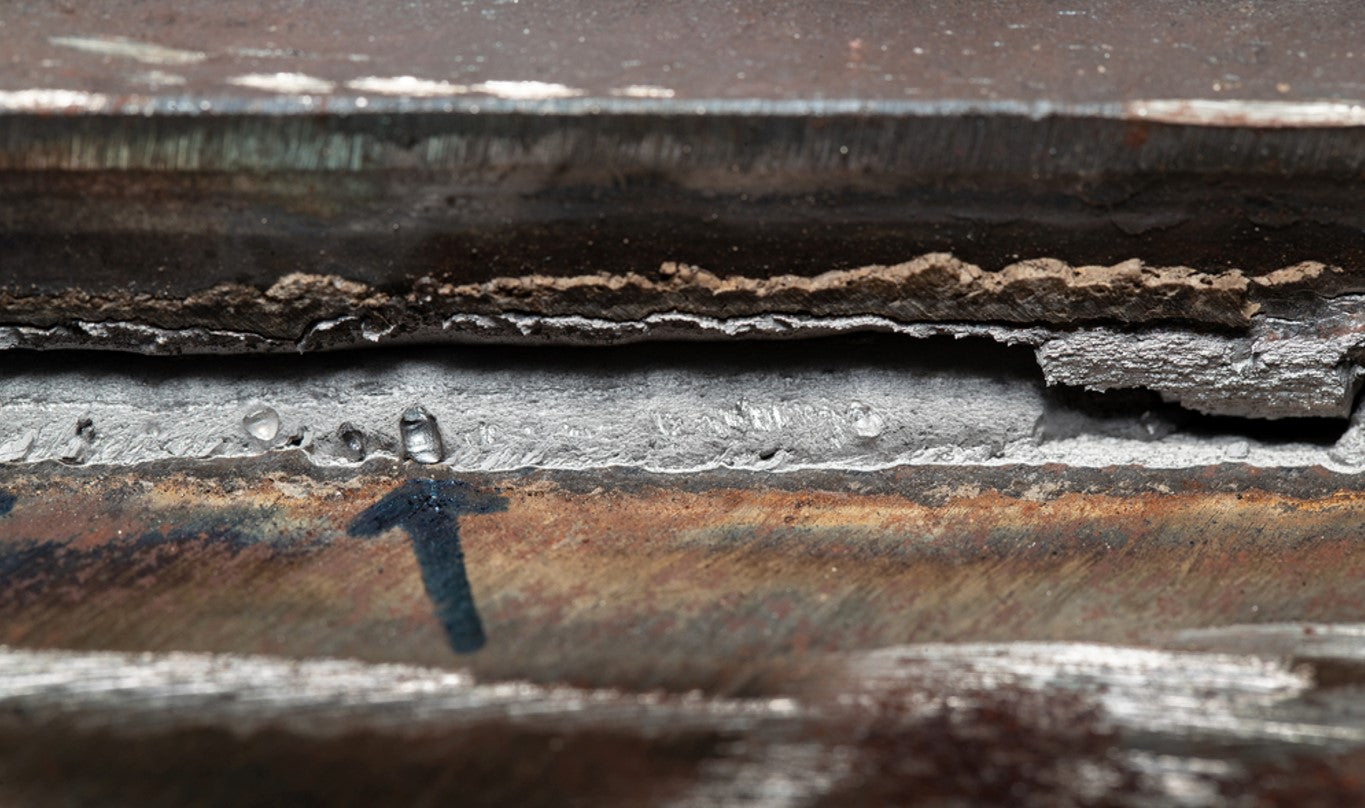Reliable Ways to Prevent Weld Undercut in Your Welding Projects
Reliable Ways to Prevent Weld Undercut in Your Welding Projects
Blog Article
Understanding the Art of Welding: How to Stay Clear Of Undercut Welding Issues for Flawless Fabrication Outcomes
By recognizing the origin causes of undercut welding and carrying out reliable techniques to prevent it, welders can boost their craft to brand-new levels of excellence. In the pursuit of perfect fabrication outcomes, mastering the art of welding to stay clear of undercut issues is not just a skill however a necessity for those making every effort for perfection in their job.
Recognizing Undercut Welding

To prevent undercut welding, welders must make certain proper welding parameters, such as adjusting the existing, voltage, traveling rate, and preserving the correct electrode angle. By comprehending the causes of undercut welding and implementing preventative steps, welders can achieve top notch, structurally audio welds.
Reasons of Undercut in Welding
Recognizing the factors that add to damage in welding is important for welders to create high-grade, structurally sound welds. Damaging takes place when the weld metal does not appropriately fill the groove formed in between the base metal and the previously transferred weld steel. Several variables can cause undercut in welding. One common reason is extreme warmth input. Welding at heats for extensive durations can lead to the base steel thawing greater than preferred, causing damage. Insufficient welding current or incorrect welding speed can likewise add to damage. Inadequate current may not provide enough warm to melt the base and filler metals properly, while too much speed can avoid correct blend, triggering undercut. Furthermore, inappropriate electrode angles or wrong torch control methods can produce areas of reduced weld steel deposition, promoting undercut. Understanding these causes and executing correct welding strategies can assist prevent undercutting issues, ensuring solid and sturdy welds.
Strategies to avoid Undercutting

To alleviate the threat of damaging in welding, welders can utilize critical welding methods aimed at improving the top quality and honesty of the weld joints. Additionally, using the right welding technique for the particular joint arrangement, such as weave or stringer beads, can add to reducing undercutting.
Additionally, correct joint prep work, including guaranteeing tidy base materials complimentary of pollutants and utilizing the ideal welding consumables, is essential in avoiding undercut defects. Using back-step welding strategies and managing the discover this weld bead profile can also help distribute warmth evenly and decrease the risk of undercut. Regular assessment of the weld joint during and after welding, along with implementing top quality guarantee measures, can help in finding and addressing damaging issues quickly. By carrying out these strategies faithfully, welders can attain perfect manufacture results with very little undercut defects.
Importance of Proper Welding Criteria
Picking and keeping proper welding criteria is vital for accomplishing effective welds with marginal problems. Welding criteria describe variables such as voltage, present, take a trip rate, electrode angle, and protecting gas flow rate that straight affect the welding process. These parameters have to be carefully adjusted based upon the kind of material being bonded, its density, and the welding technique used.
Proper welding specifications ensure the correct amount of warm is used to thaw the base metals and filler product uniformly. If the criteria are set too expensive, it can bring about too much heat input, triggering spatter, distortion, or burn-through. On the other hand, if the specifications are also low, incomplete fusion, lack of penetration, or damaging may occur.
Quality Control in Welding Procedures

Conclusion
In conclusion, grasping the art of welding calls for a complete understanding of undercut welding, its reasons, and methods to avoid it. By making sure correct welding parameters and applying quality control practices, perfect manufacture outcomes can be attained. It is important for welders to regularly pursue quality in their welding operations to prevent undercut issues and create top quality welds.
Undercut welding, an usual issue in welding procedures, occurs when the weld metal doesn't correctly fill up the groove and leaves a groove or depression along the welded joint.To protect against undercut welding, welders ought to make certain proper welding criteria, such as adjusting the current, voltage, traveling rate, and maintaining the correct electrode angle. Inadequate welding current or inaccurate welding speed can additionally contribute to damage.To reduce the threat of undercutting in welding, welders can use calculated welding techniques aimed at boosting the top quality and stability of the weld joints.In conclusion, mastering the art of welding calls for a complete understanding of undercut welding, its reasons, and strategies to stop it.
Report this page